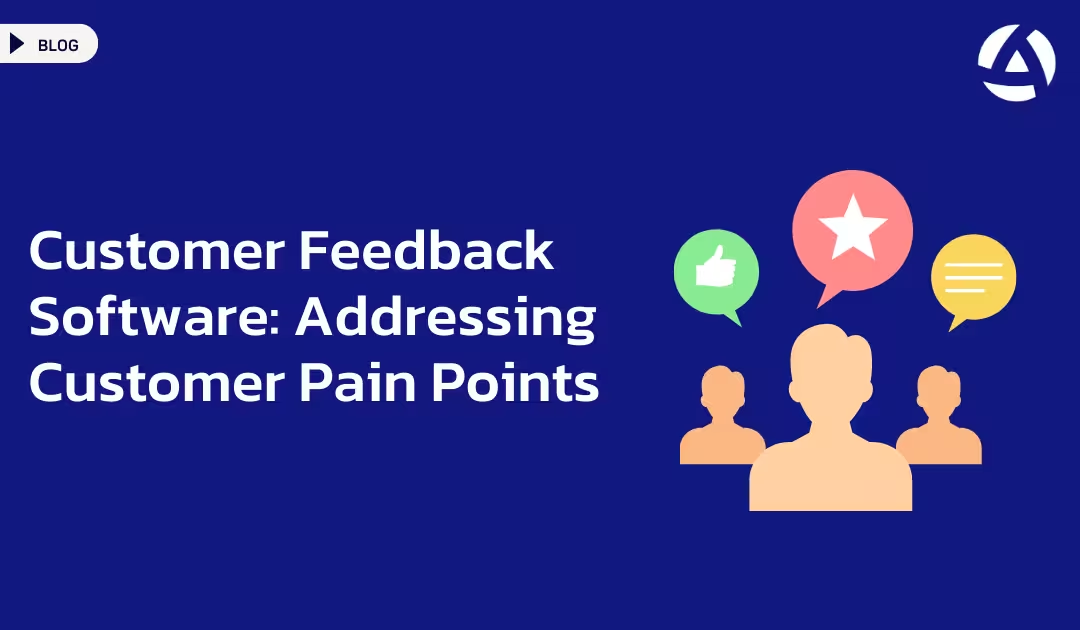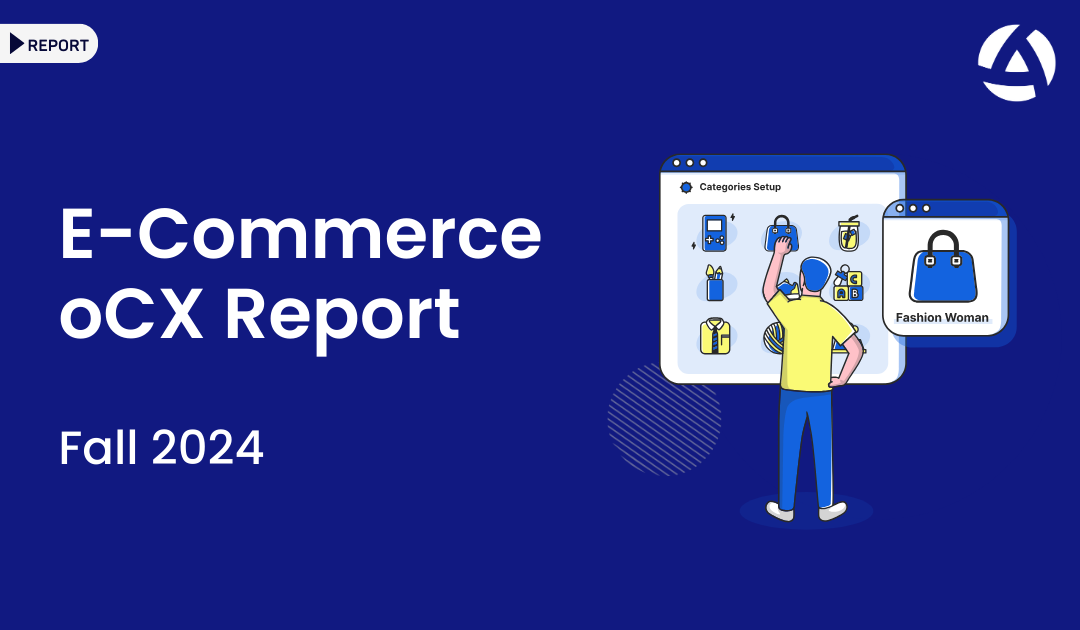Customer pain points are the specific problems or frustrations that customers experience when interacting with a product, service, or brand. Identifying and resolving these pain points is essential for improving customer satisfaction and ensuring long-term business success. One of the most effective tools for addressing these issues is Customer Feedback Software, which helps collect, analyze, and act on feedback from customers in real-time.
Understanding Customer Pain Points
Customer pain points can arise at any stage of the customer journey, whether it’s during the purchasing process, after-sales service, or through product use. These pain points typically fall into a few broad categories:
- Process-related issues: Complex or unclear processes that make it difficult for customers to accomplish their goals.
- Product issues: Features that don’t work as expected or fail to meet the needs of the user.
- Support difficulties: Long wait times, unhelpful support teams, or unresolved issues.
- Price concerns: Customers feeling that a product or service is overpriced or doesn’t deliver sufficient value.
Understanding where pain points occur can help businesses prioritize improvements in their offerings and provide a better overall experience.
The Role of Customer Feedback Software
Customer feedback software plays a central role in identifying and addressing pain points. This software helps businesses capture feedback through multiple channels such as surveys, social media, and review platforms. The collected data provides valuable insights into customer experiences and highlights the specific areas where improvements are needed.
Key benefits of using customer feedback software to address pain points include:
- Real-time insights: The ability to capture feedback instantly allows businesses to quickly address issues before they escalate.
- Data centralization: All feedback from different channels is gathered in one place, making it easier to spot recurring themes.
- Prioritization: By analyzing feedback, businesses can prioritize which pain points are the most urgent and which improvements will have the greatest impact.

Frequently Asked Questions
How often should feedback be analyzed to identify customer pain points?
Feedback should be analyzed regularly, ideally in real-time as it is gathered, to ensure that any emerging issues are quickly identified and addressed.




